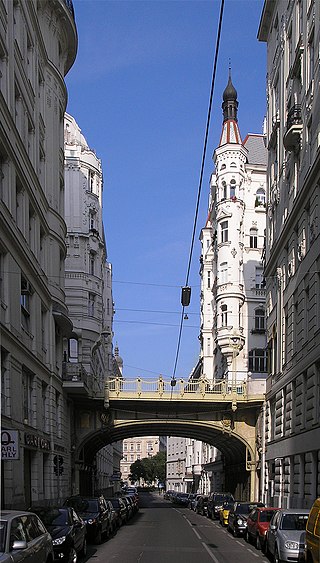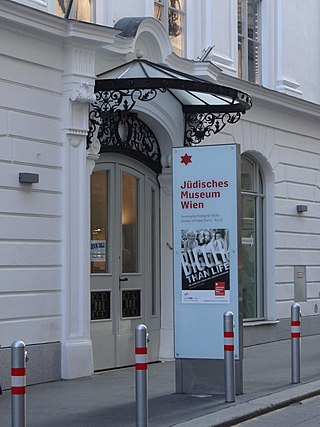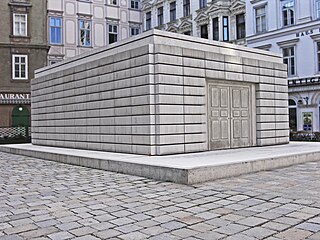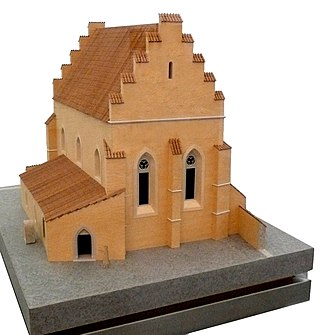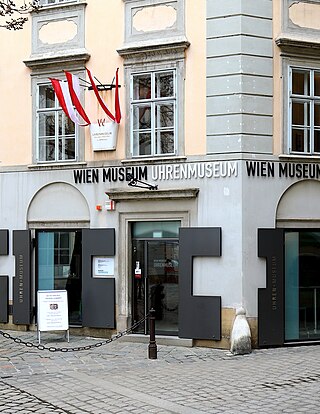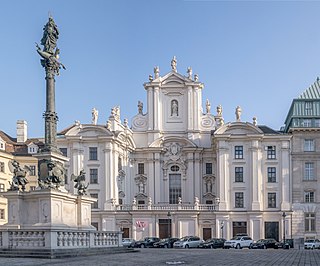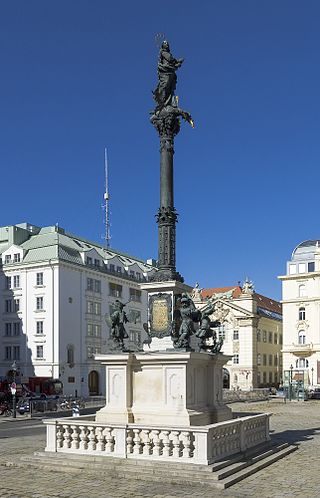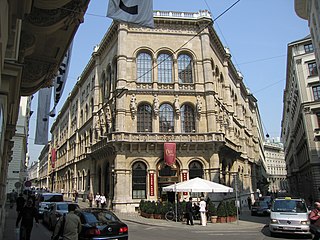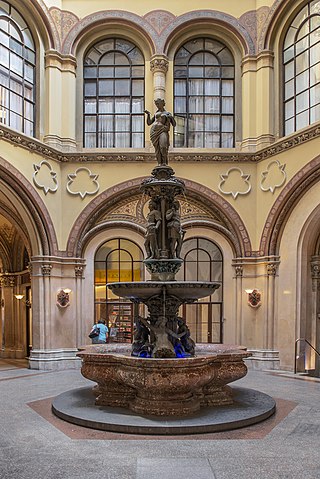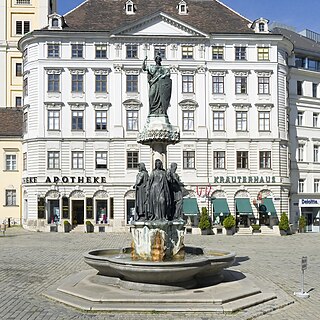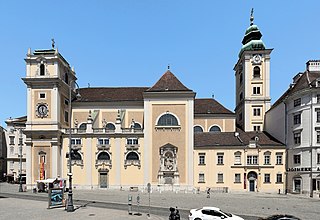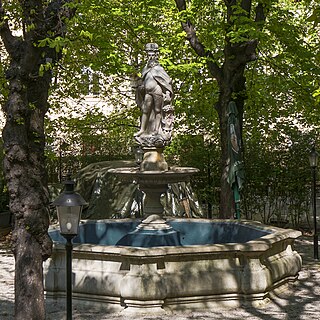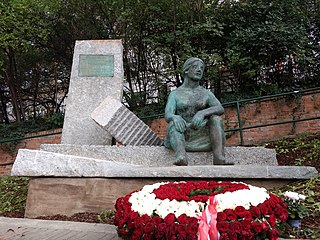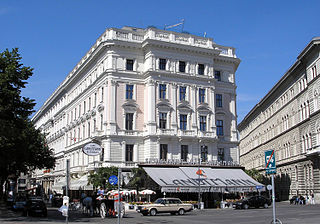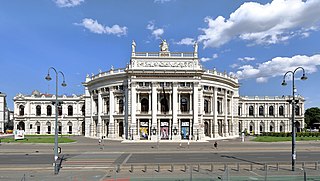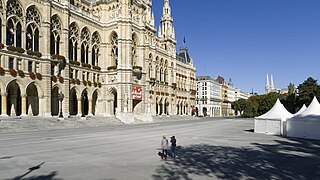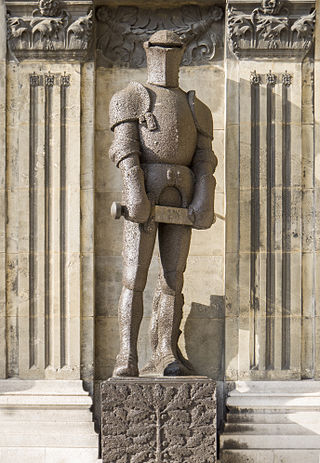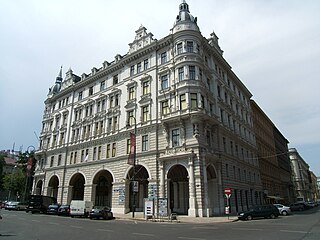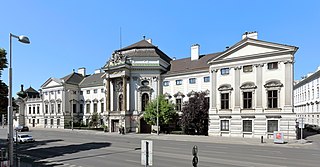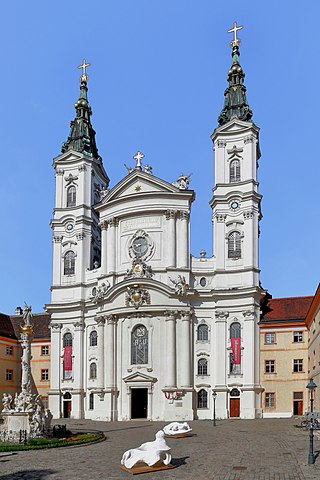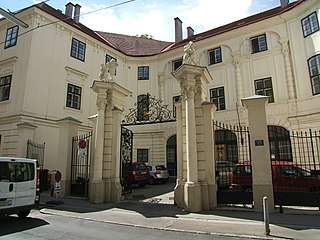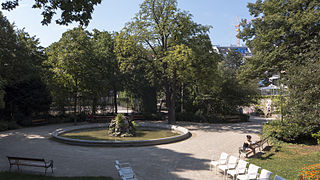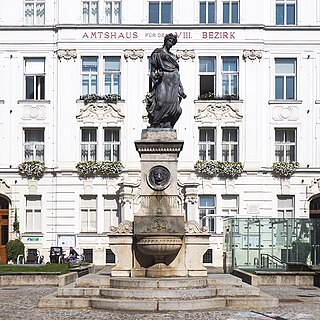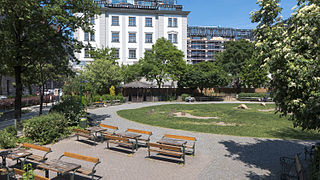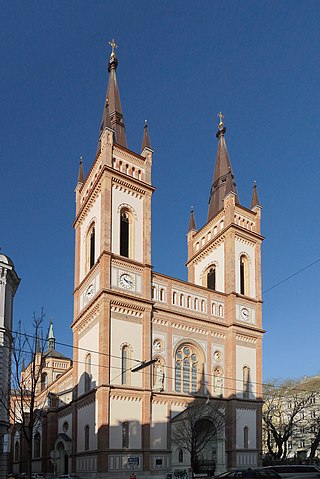Self-guided Sightseeing Tour #3 in Vienna, Austria
Legend
Guided Free Walking Tours
Book free guided walking tours in Vienna.
Guided Sightseeing Tours
Book guided sightseeing tours and activities in Vienna.
Tour Facts
6.2 km
121 m
Experience Vienna in Austria in a whole new way with our free self-guided sightseeing tour. This site not only offers you practical information and insider tips, but also a rich variety of activities and sights you shouldn't miss. Whether you love art and culture, want to explore historical sites or simply want to experience the vibrant atmosphere of a lively city - you'll find everything you need for your personal adventure here.
Activities in ViennaIndividual Sights in ViennaSight 1: Hohe Brücke
The Hohe Brücke is a bridge across the Tiefer Graben in Innere Stadt, Vienna, Austria. It links the two parts of Wipplingerstraße, which used to be separated by a brook.
Sight 2: Jüdisches Museum Judenplatz
The Jüdisches Museum Wien, trading as Jüdisches Museum der Stadt Wien GmbH or the Jewish Museum Vienna, is a museum of Jewish history, life and religion in Austria. The museum is present on two locations, in the Palais Eskeles in the Dorotheergasse and in the Judenplatz, and has distinguished itself by a very active programme of exhibitions and outreach events highlighting the past and present of Jewish culture in Austria. The current director is Barbara Staudinger and the chief curator is Astrid Peterle.
Sight 3: Holocaust-Mahnmal
The Judenplatz Holocaust Memorial also known as the Nameless Library stands in Judenplatz in the first district of Vienna. It is the central memorial for the Austrian victims of the Holocaust and was designed by British artist Rachel Whiteread.
Sight 4: mittelalterliche Synagoge
Vienna's medieval synagogue was first built around 1200 and later expanded. It formed the center of the Jewish community of the first Jewish settlement in Vienna. From the 13th to the 15th century, it was one of the largest synagogues in Europe.
Sight 5: Clock Museum
The Clock Museum is a museum of the City of Vienna. It is located in one of the oldest houses in Vienna, the Palais Obizzi in Vienna's 1st district, Innere Stadt.
Sight 6: Kirche Am Hof
The Kirche am Hof is a church built between 1386 and 1403 in Vienna. However, the main façade, which dominates the square, was not built until 1662. It is located on the east side of the Am Hof square in Vienna's 1st district, Innere Stadt.
Sight 7: Mariensäule
The Marian Column Am Hof in Vienna is a statue dedicated to Mary on a column. It is a bronze copy of the stone column donated by Emperor Ferdinand III in gratitude for saving the city of Vienna from a Swedish army in 1645 towards the end of the Thirty Years' War and erected in 1646 by the master stonemason and sculptor Johann Jacob Pock, which was translocated to Wernstein am Inn in 1667 at the instigation of Emperor Leopold I and Count Georg Ludwig von Sinzendorf. The Vienna Column was commissioned in 1664 from the imperial stucco foundry Balthasar Herold and inaugurated on 8 December 1667 at the court.
Sight 8: Bank Austria Kunstforum
The Bank Austria Kunstforum Wien is an exhibition house at Freyung 8 in Vienna's 1st district, Innere Stadt. The eponymous Bank Austria is the main sponsor of the Kunstforum. The former bank building has been owned by Signa Holding since 2010 and has also housed the Constitutional Court since August 2012. The Kunstforum has 230,000 visitors per year.
Sight 9: Café Central
Café Central is a traditional Viennese café located at Herrengasse 14 in the Innere Stadt first district of Vienna, Austria. The café occupies the ground floor of the former Bank and Stockmarket Building, today called the Palais Ferstel after its architect Heinrich von Ferstel.
Sight 10: Donaunixenbrunnen
The Danube Mermaid Fountain is a fountain in Vienna's 1st district, Innere Stadt.
Sight 11: Austriabrunnen
The Austriabrunnen is a fountain in Vienna's city centre. It is located on the Freyung in Vienna's 1st district, Innere Stadt.
Sight 12: Schottenkirche
The Schottenkirche is a parish church in Vienna attached to the Schottenstift, founded by Irish Benedictine monks in the 12th century. In 1418, the Duke Albert V of Austria transferred it to the German-speaking Benedictine monks from the Melk Abbey during the Melker Reform initiated after the Council of Constance. The church was elevated to the rank of Basilica Minor in 1958.
Sight 13: Heinrich-Jasomirgott-Brunnen
The Heinrich-Jasomirgott-Brunnen or Heinrichsbrunnen is a fountain in the Schottenstift in the 1st district of Vienna. As part of the overall complex of the Schottenstift, it is a listed building (list entry).
Sight 14: Beethoven Pasqualatihaus

The Pasqualati House, notable for being a residence of Ludwig van Beethoven, is located in the 1st district of Vienna's Inner City, on the corner of Mölker Bastei 8 and Schreyvogelgasse 16, in an exposed position on the ramp of the former town fortifications. The building, completed in 1797 and home to the composer on several occasions, houses a Beethoven museum in an apartment adjoining the one Beethoven regularly occupied.
Sight 15: Österreichs Trümmerfrauen
The Trümmerfrauen-Denkmal is a monument on a private property in Vienna, which is intended to commemorate the use of Trümmerfrauen in the reconstruction of the city, which was destroyed by Allied bombing raids, during and after the Second World War.
Sight 16: Café Landtmann
Café Landtmann is a traditional Viennese café located on the Ringstraße at the corner of Lowelstraße 22 in the Innere Stadt first district in Vienna, Austria.
Sight 17: Austrian National Theatre
The Burgtheater (German: [ˈbʊʁk.teˌaːtɐ]; literally: "Castle Theater" but alternatively translated as " Court Theater", originally known as K.K. Theater an der Burg, then until 1918 as the K.K. Hofburgtheater, is the national theater of Austria in Vienna. It is the most important German-language theater and one of the most important theatres in the world. The Burgtheater was opened in 1741 and has become known as die Burg by the Viennese population; its theater company has created a traditional style and speech typical of Burgtheater performances.
Sight 18: City Hall Square
The Rathausplatz is a square in Vienna, Austria. The Rathausplatz is in the Innere Stadt, near the new Rathaus, after which it is named. Because of its size, its design and the architecture of the surrounding buildings it is one of the most important squares in central Vienna.
Sight 19: Rathausmann
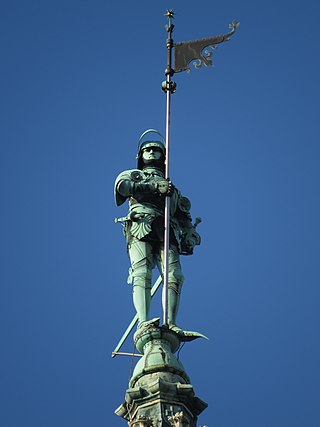
Rathausmann is a monument at the top of the City Hall in Vienna, Austria. Rathausmann is one of the symbols of Vienna. The statue itself is 5.4 m (18 ft) tall, and its armour was modelled after that of Emperor Maximilian I.
Sight 20: Wehrmann in Eisen
Wehrmann in the iron, also Wehrmann in iron, called an Eiserner Wehrmann, is a sculpture in Vienna. It was the first of the wooden objects that were set up for war financing in the First World War and nailed against a donation. Today it stands at the Keke Felderstraße - Bendorferstraße, opposite the town hall on Ringstrasse.
Sight 21: Wiener Planungswerkstatt
The Vienna Planning Workshop (WPW) is an exhibition and information centre of the Vienna City Administration, which focuses on architecture and urbanism.
Sight 22: Palais Auersperg
Palais Auersperg, originally called Palais Rosenkavalier, is a Baroque palace at Auerspergstraße 1 in the Josefstadt or eighth district of Vienna, Austria.
Sight 23: Kabarett Niedermair
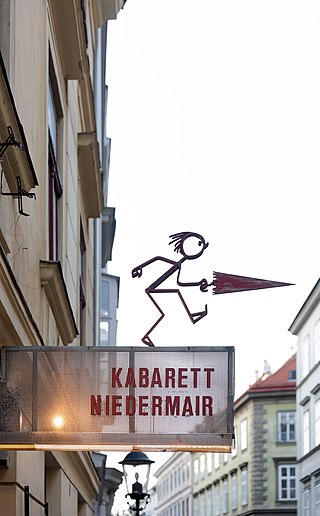
The Kabarett Niedermair is a cabaret theatre in Vienna's 8th district of Josefstadt, which was founded in 1983 by Nadja Niedermair.
Sight 24: Theater in der Josefstadt
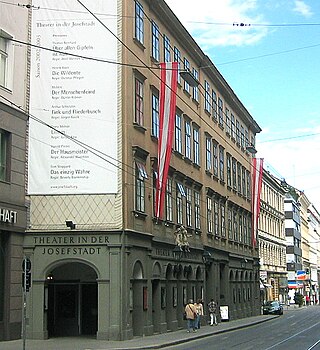
The Theater in der Josefstadt is a theater in Vienna in the eighth district of Josefstadt. It was founded in 1788 and is the oldest still performing theater in Vienna. It is often referred to colloquially as simply Die Josefstadt.
Sight 25: Piaristenkirche Maria Treu
The Piarist Church, also known as the Church of Maria Treu, is a Baroque parish church of the Order of the Piarists in Vienna, Austria. It is located in Vienna's 8th district (Josefstadt). The Piaristenkirche was elevated to the rank of Basilica Minor in 1949.
Sight 26: Palais Damian
The Palais Damian is located in the 8th district of Vienna, Josefstadt, Lange Gasse 53.
Sight 27: Schönbornpark
Schönbornpark is a 10,000 m² park in Vienna's 8th district on Florianigasse and Lange Gasse.
Sight 28: Wachsamkeitsbrunnen
The Wachsamkeitsbrunnen is a listed fountain on Schlesingerplatz in Vienna's 8th district of Josefstadt.
Sight 29: Hamerlingpark
The Hamerlingpark on the Hamerlingplatz is a park in the 8th district of Vienna, the Josefstadt. With an area of around 6,000 m², it is the second largest park in the 8th district after Schönbornpark. It is located between Skodagasse and Kupkagasse, one block north of Josefstädter Straße.
Sight 30: Altlerchenfelder Kirche
The Altlerchenfelder Pfarrkirche zu den Sieben Zufluchten is a Roman Catholic parish church in the Altlerchenfeld district of the 7th district of Vienna, Neubau, Lerchenfelder Straße 111. It is interesting from an art-historical point of view in that it forms a kind of transitional work between classicism and historicism in architecture. In particular, the church building in its combination of architecture and painting is considered an example of a total work of art in the sense of the Romantic conception of art and one of the main works of historicism in Vienna's architecture. The patronage is the Seven Refuges.
Share
How likely are you to recommend us?
Disclaimer Please be aware of your surroundings and do not enter private property. We are not liable for any damages that occur during the tours.
GPX-Download For navigation apps and GPS devices you can download the tour as a GPX file.
